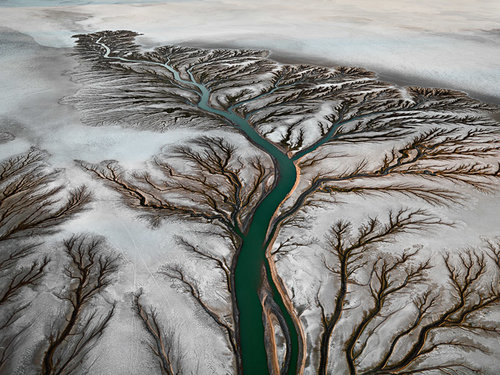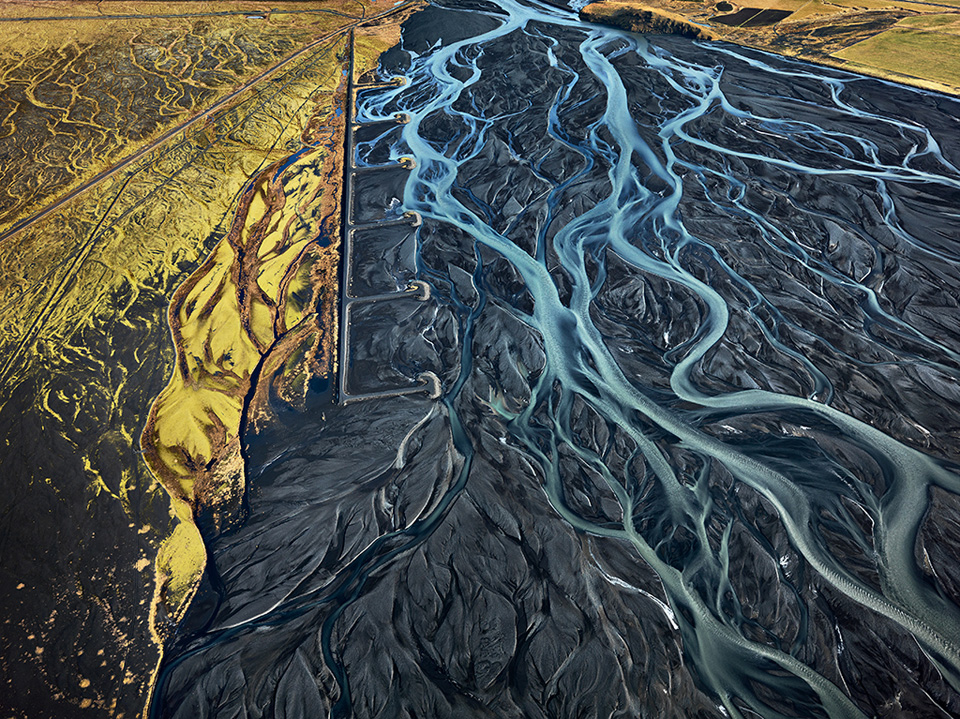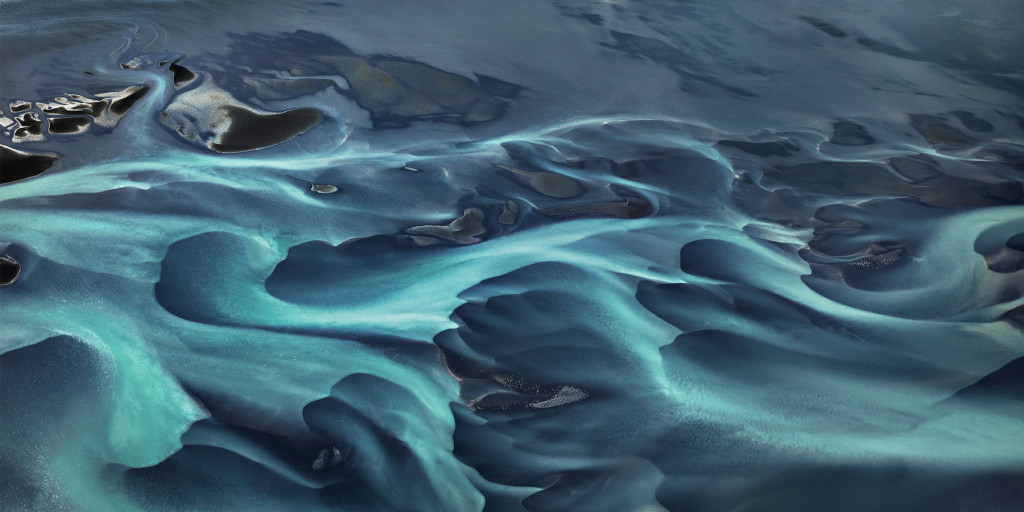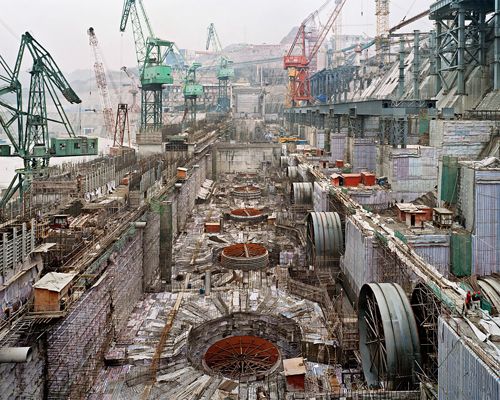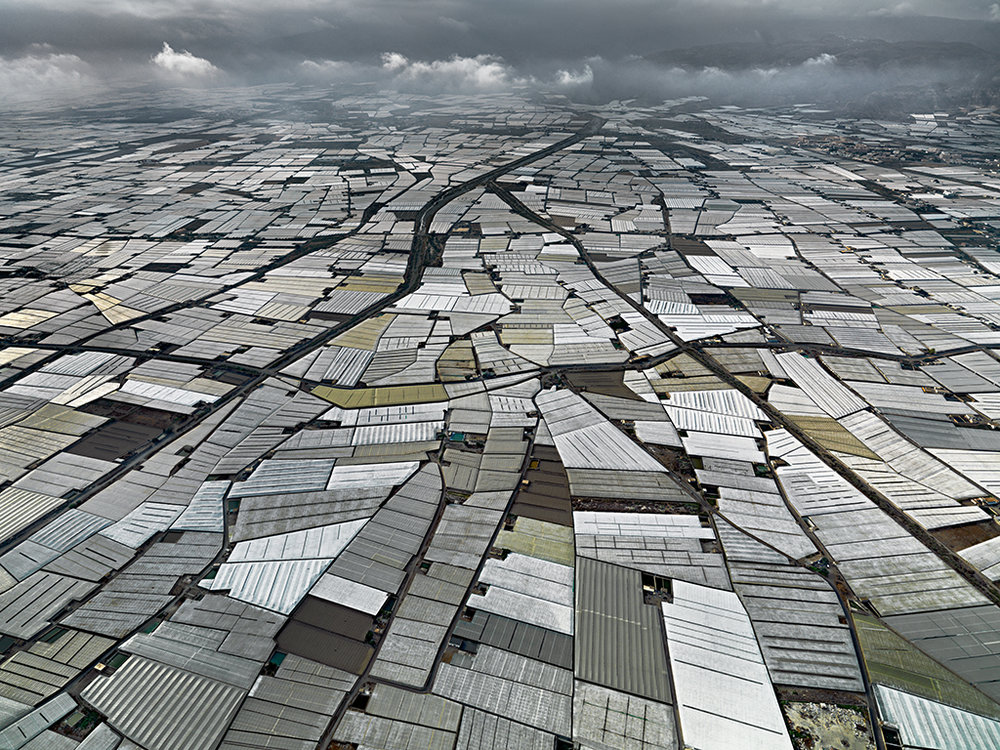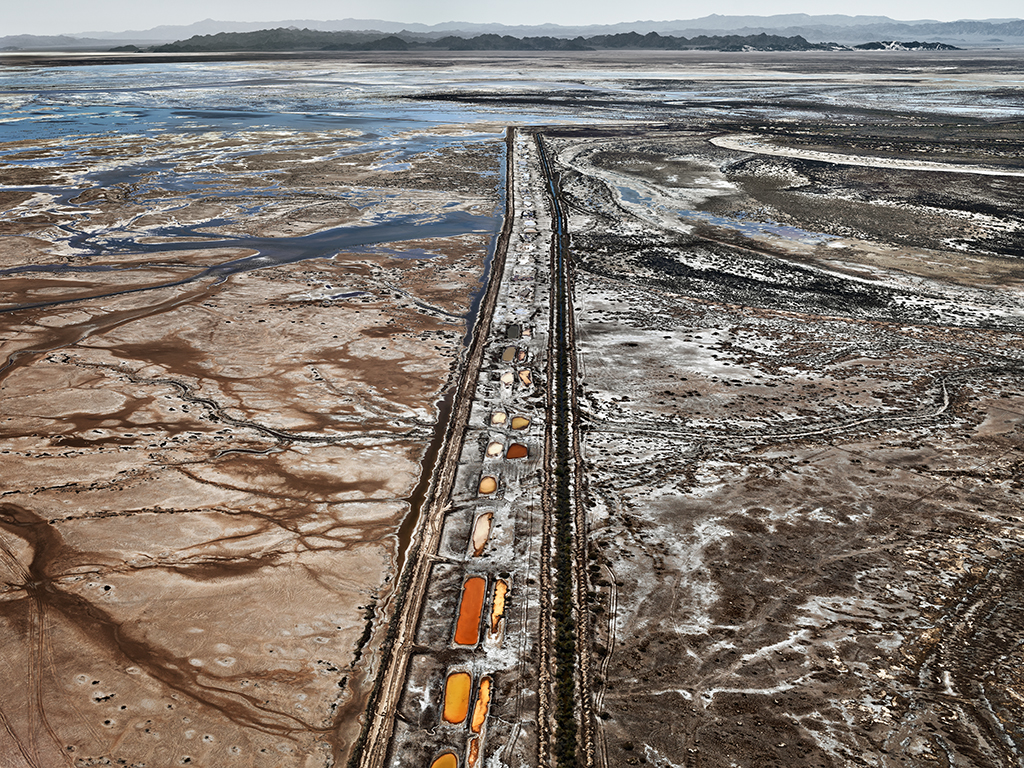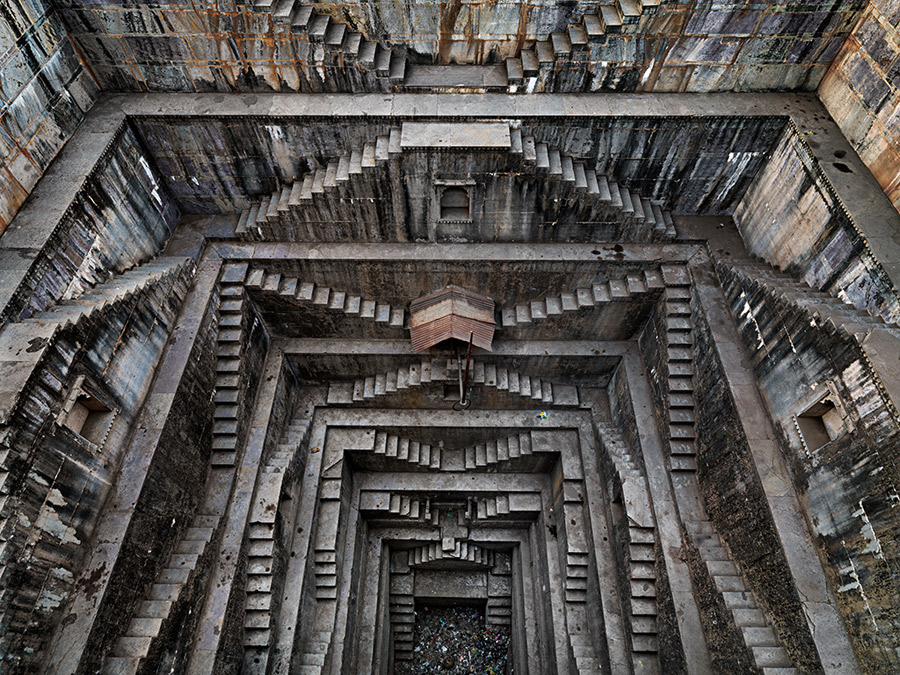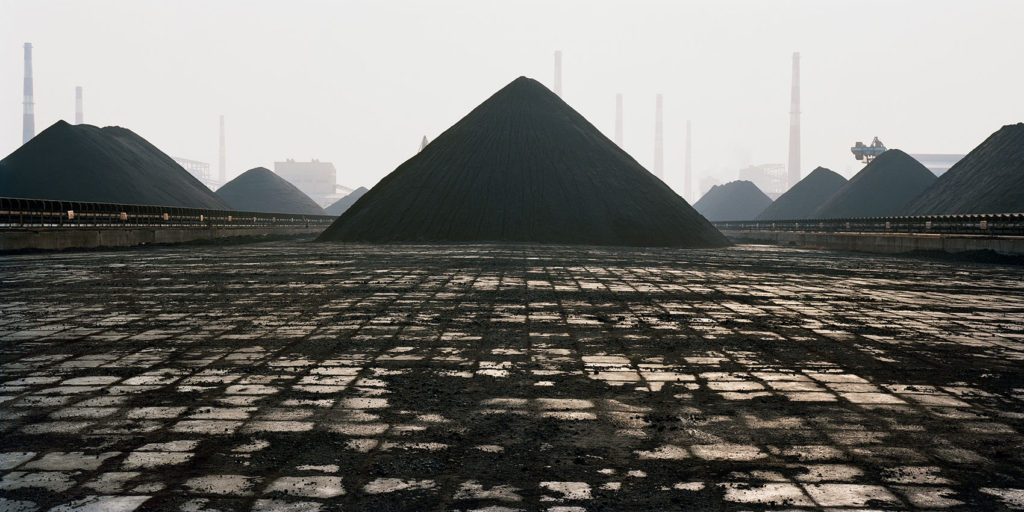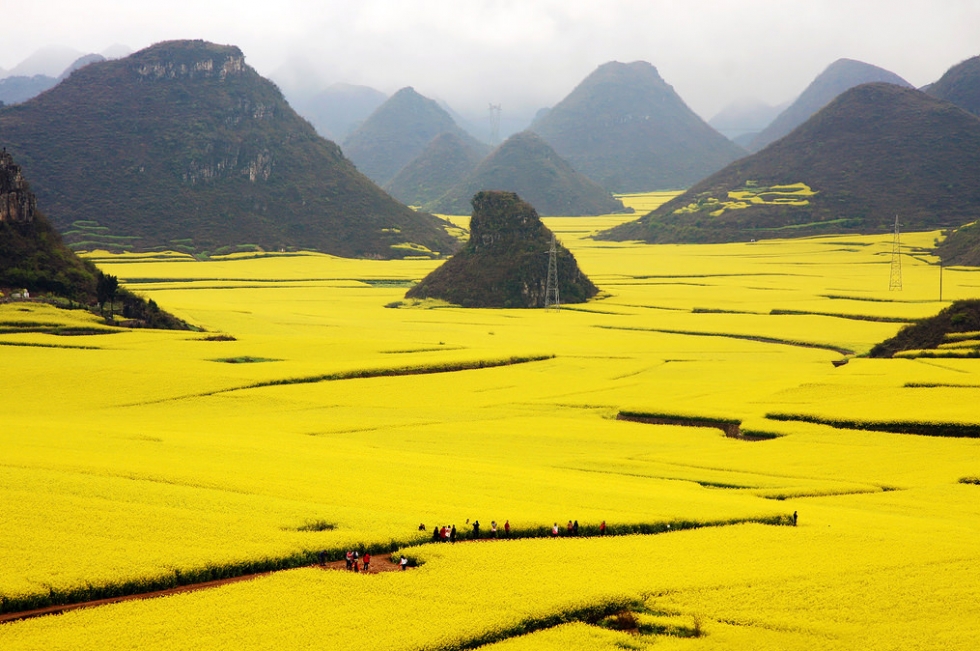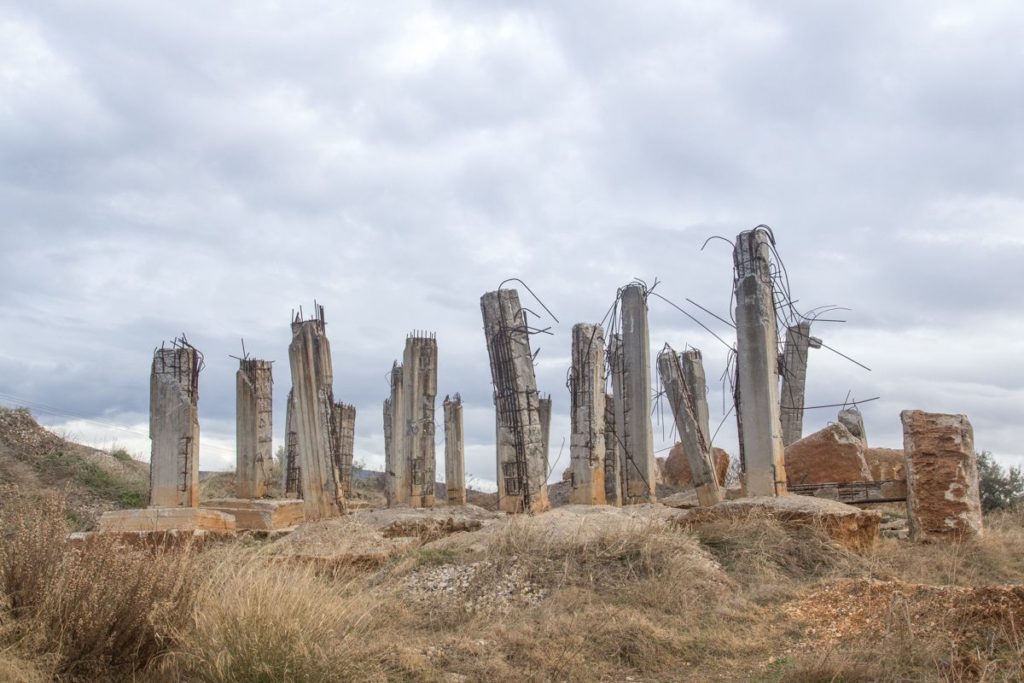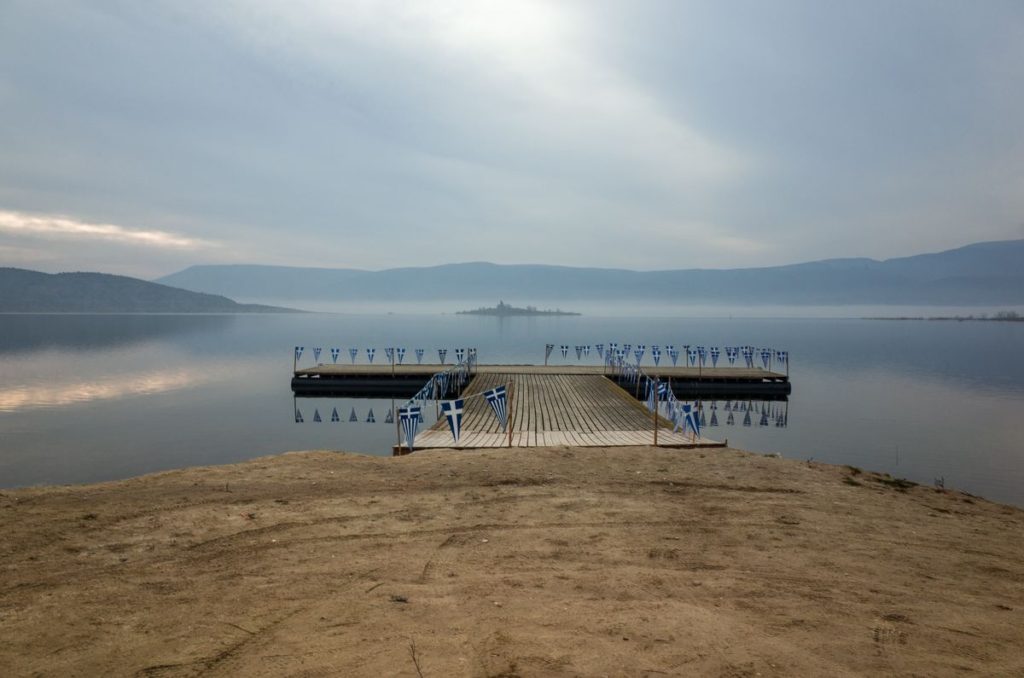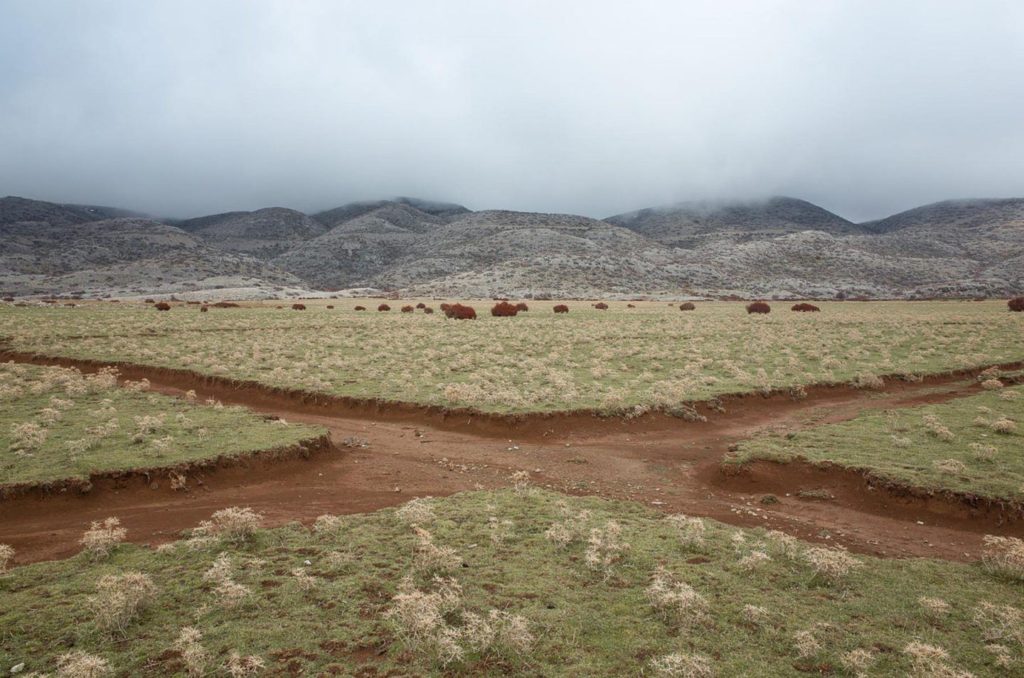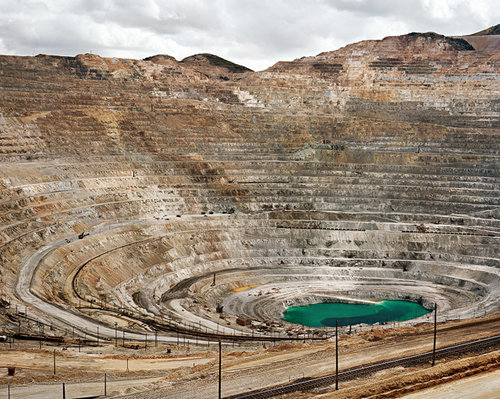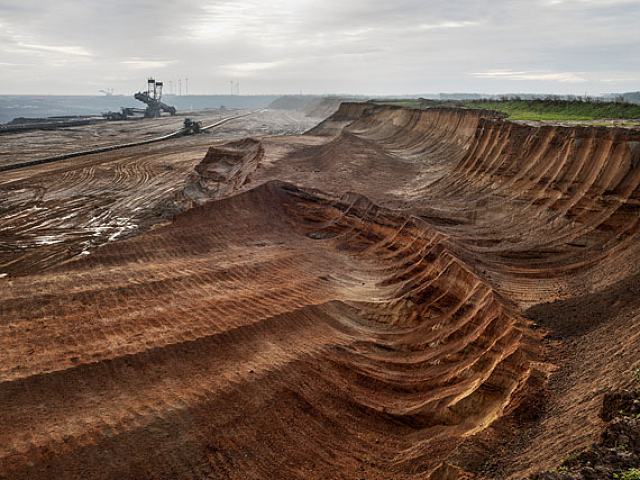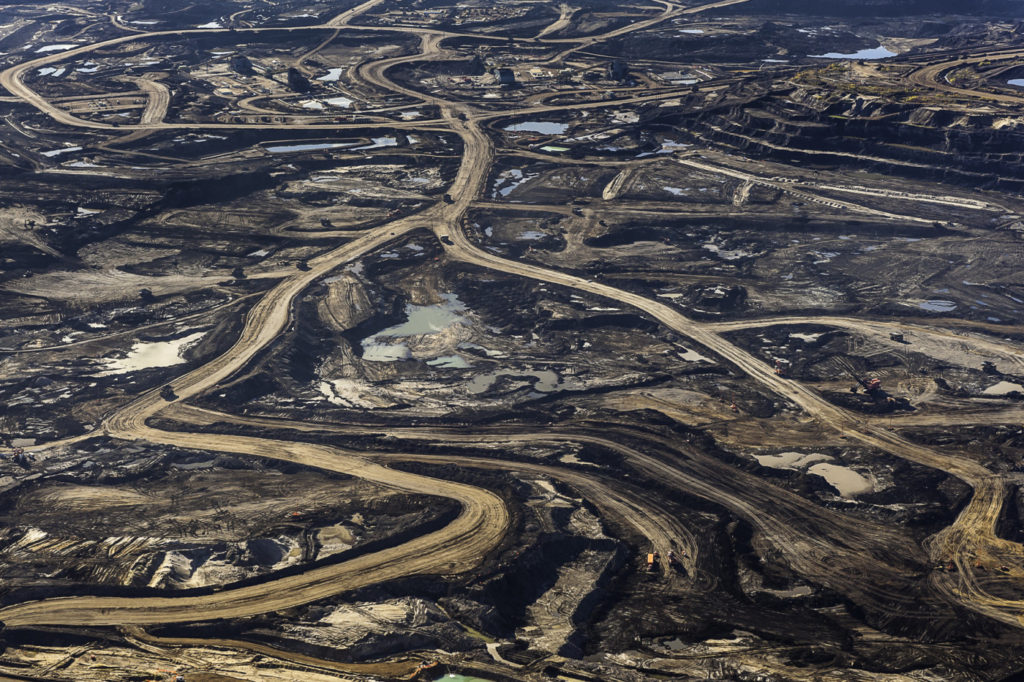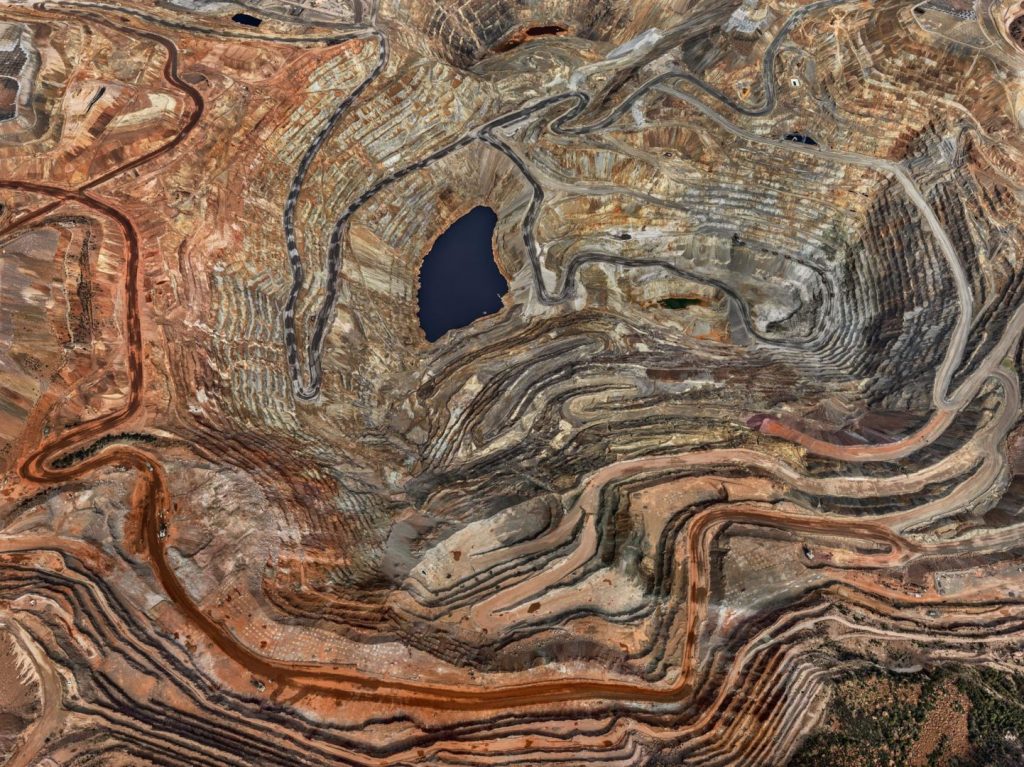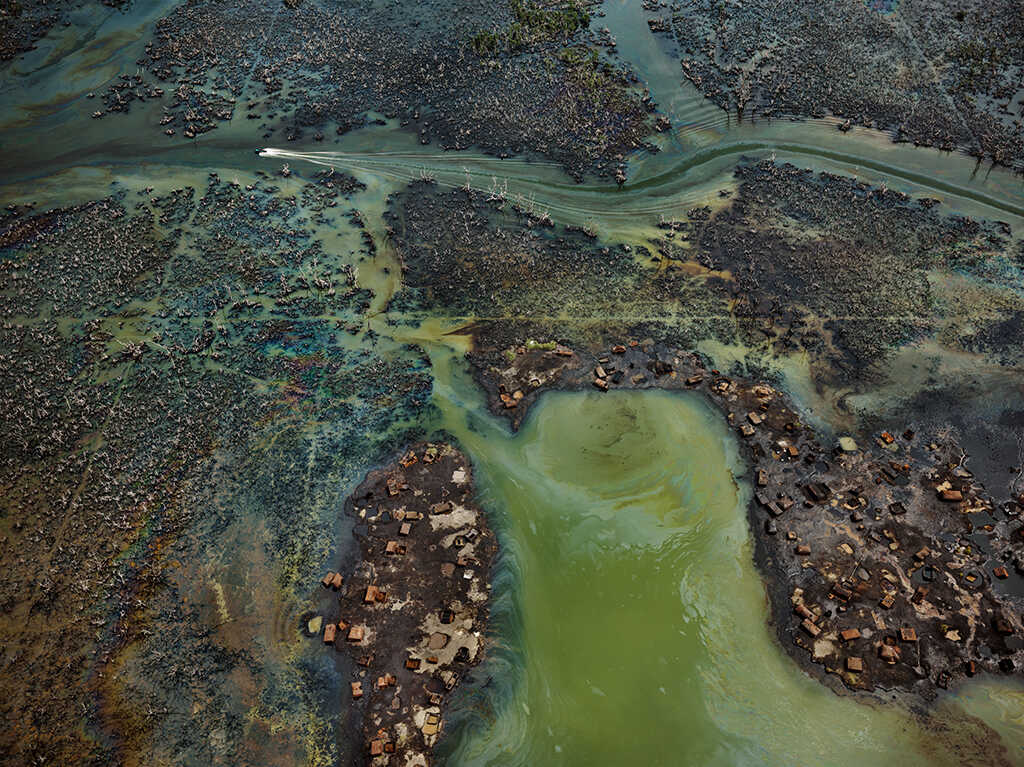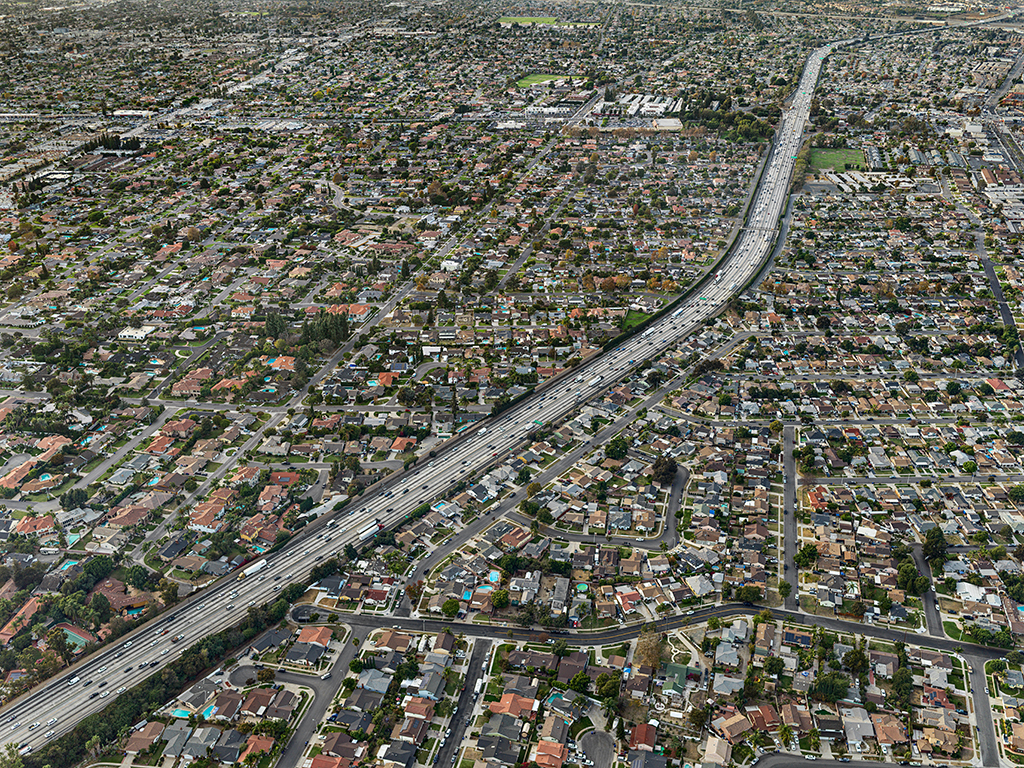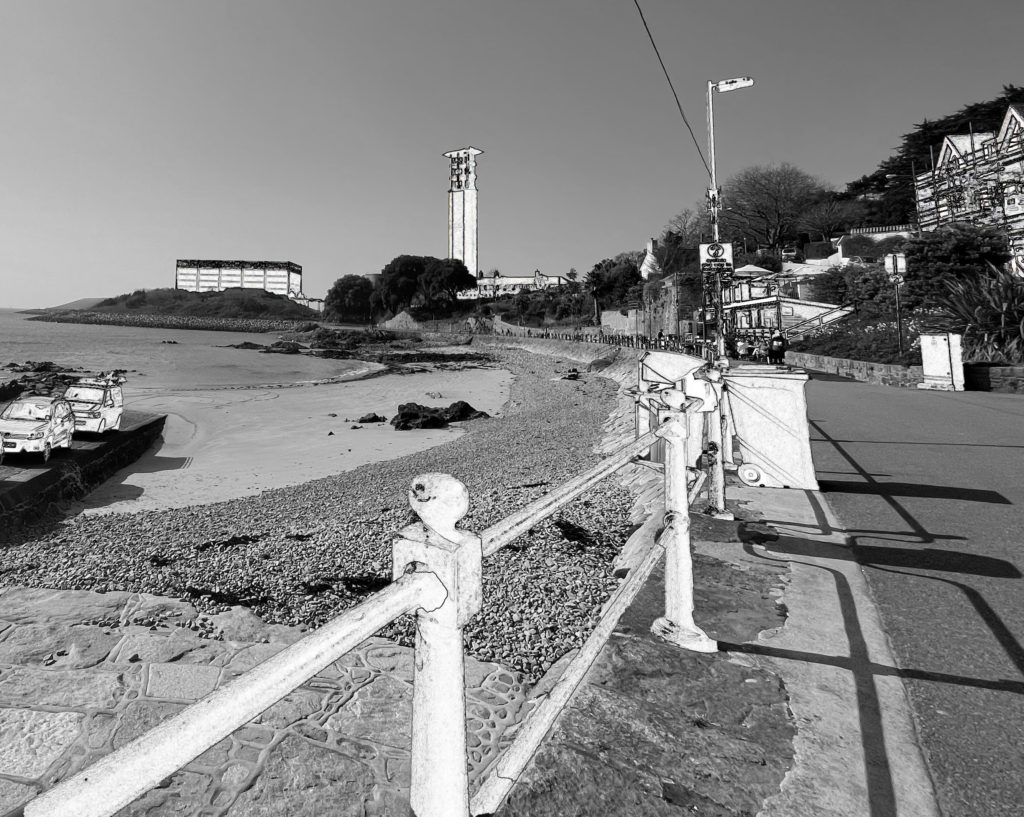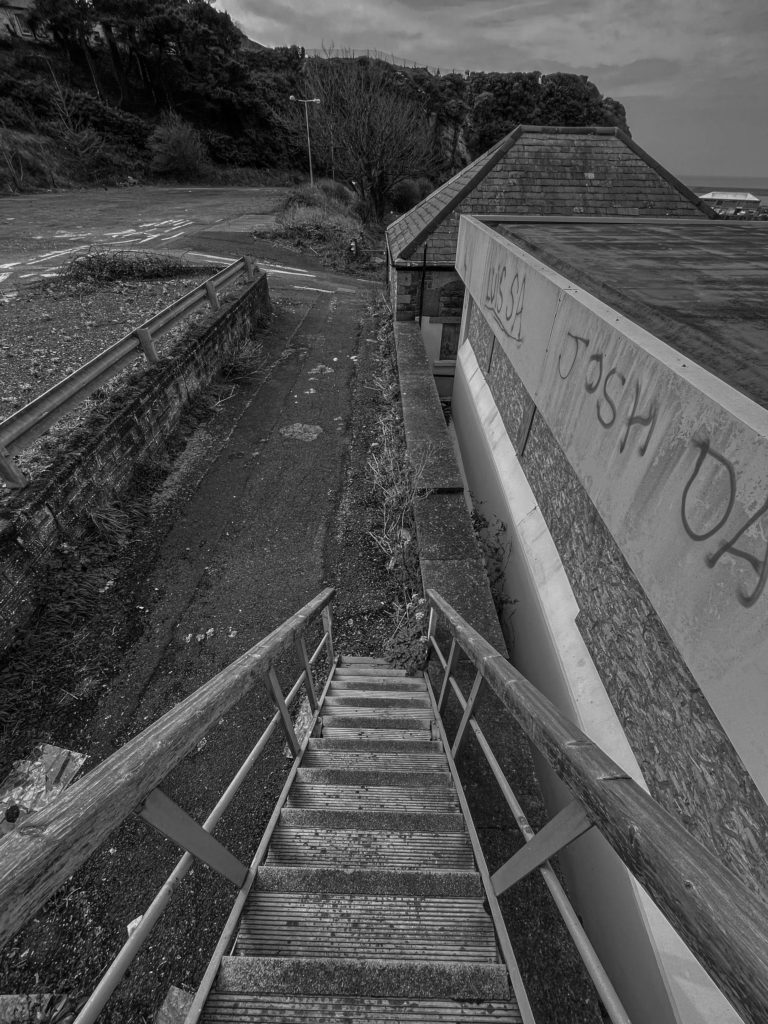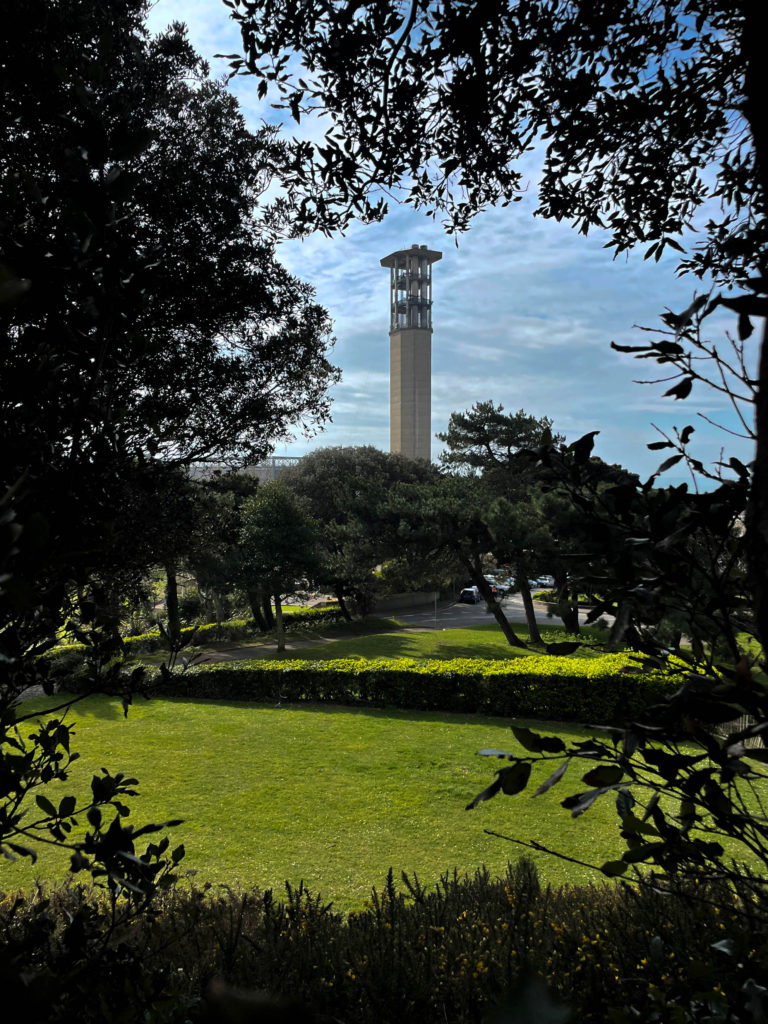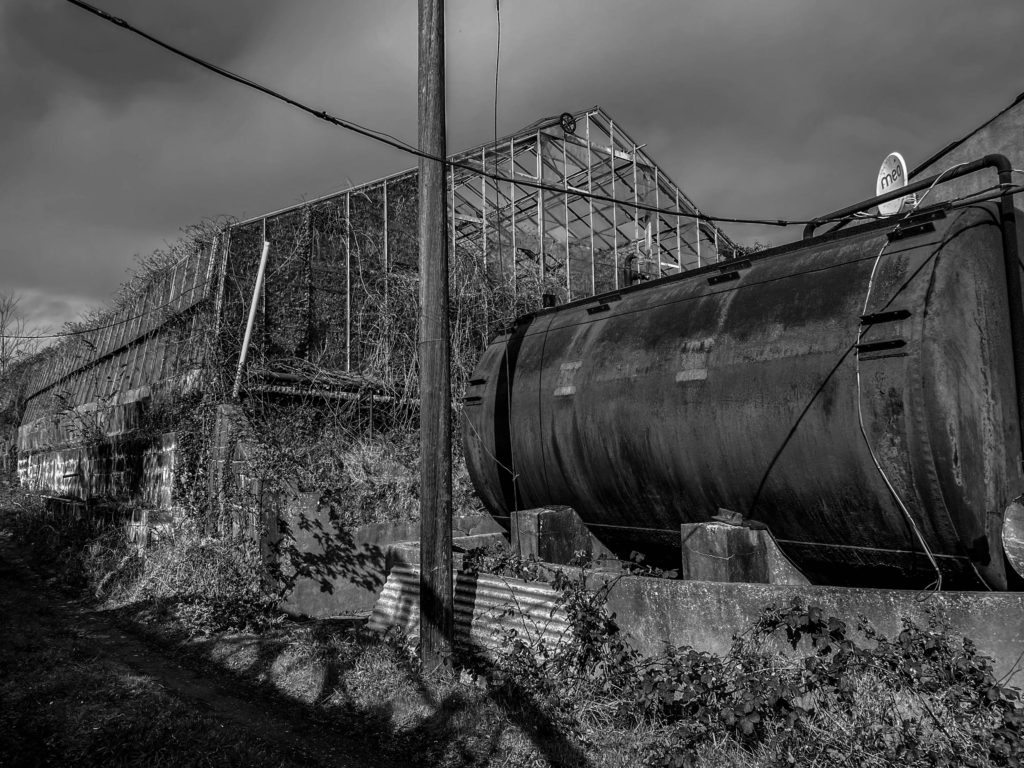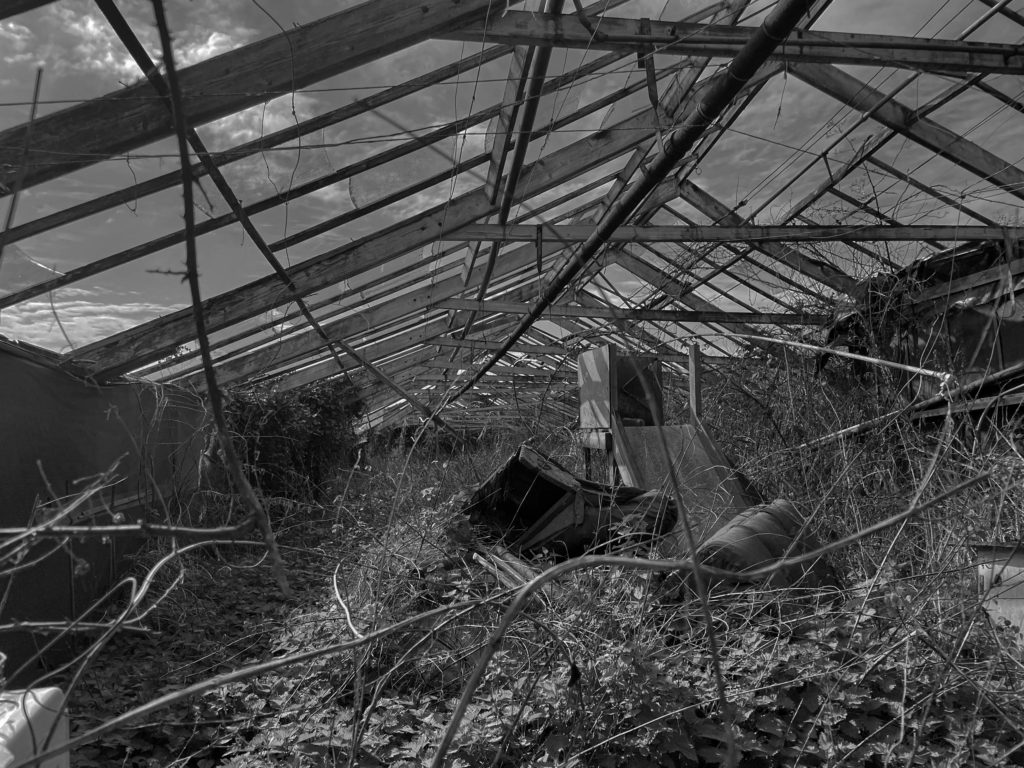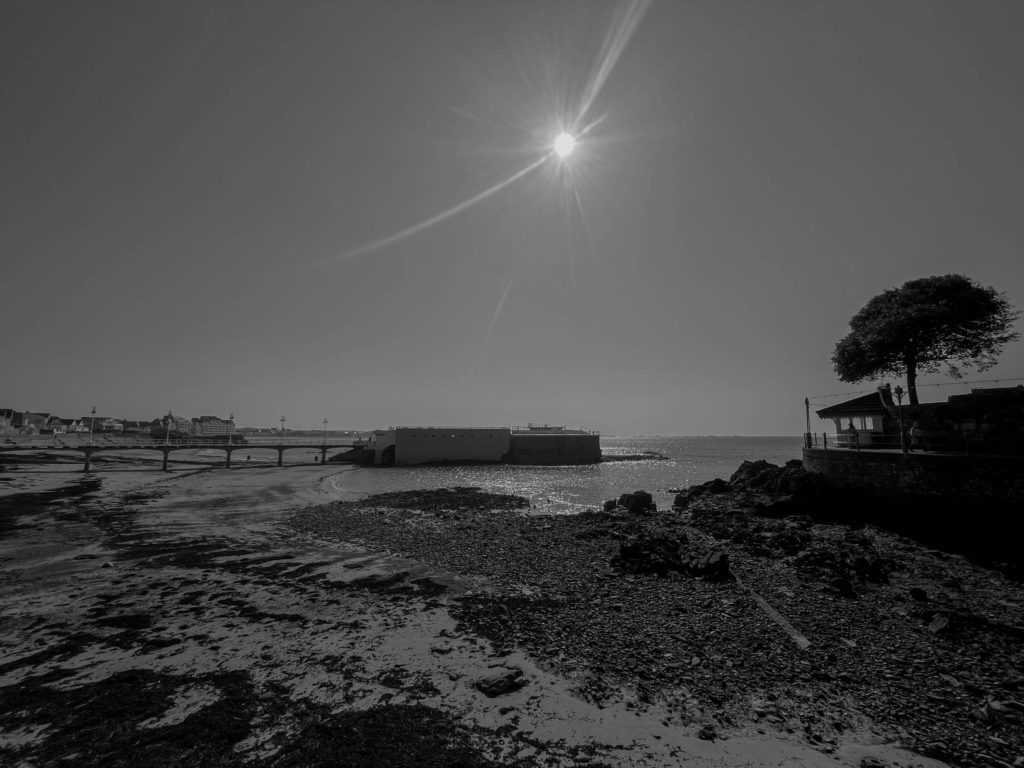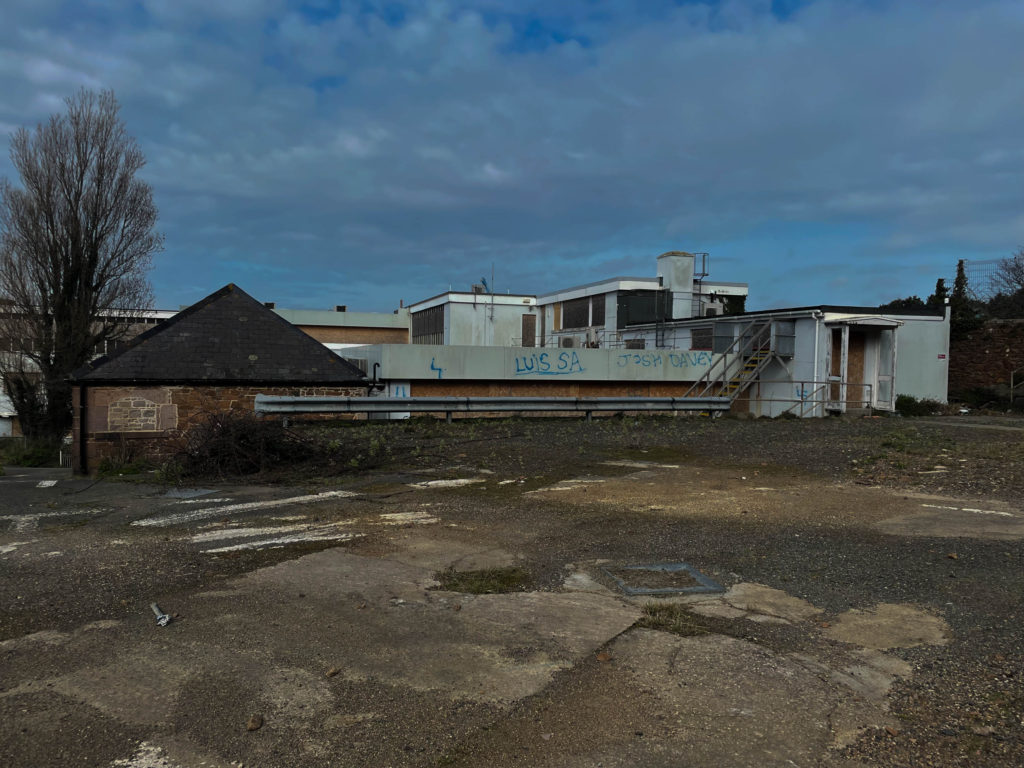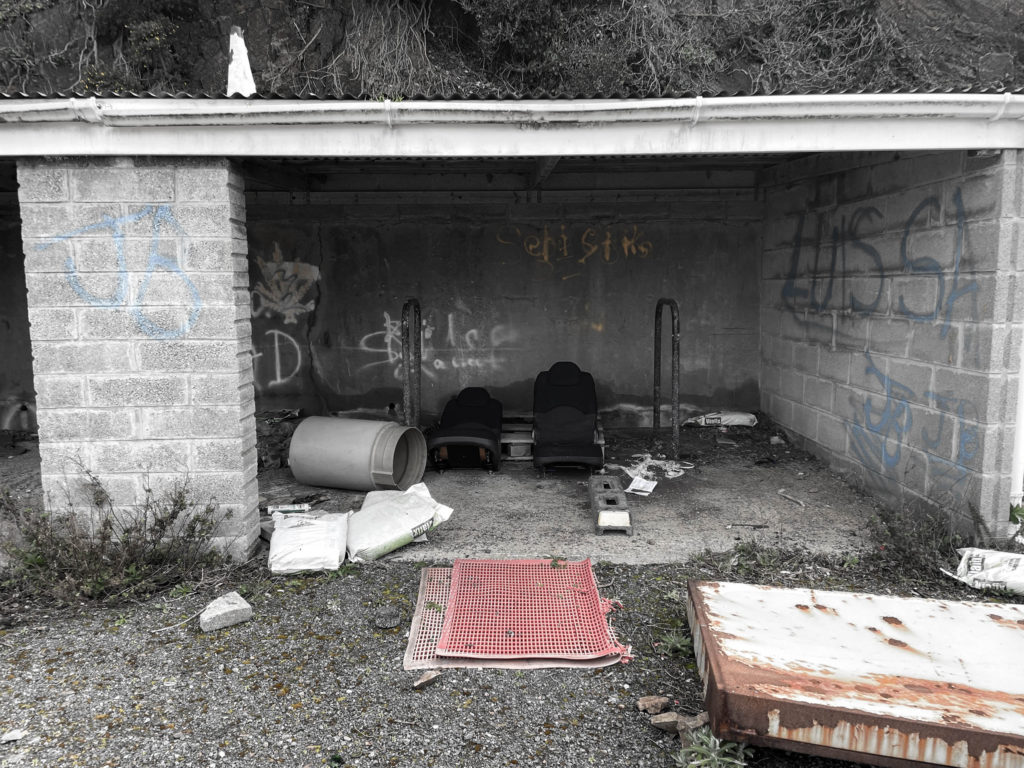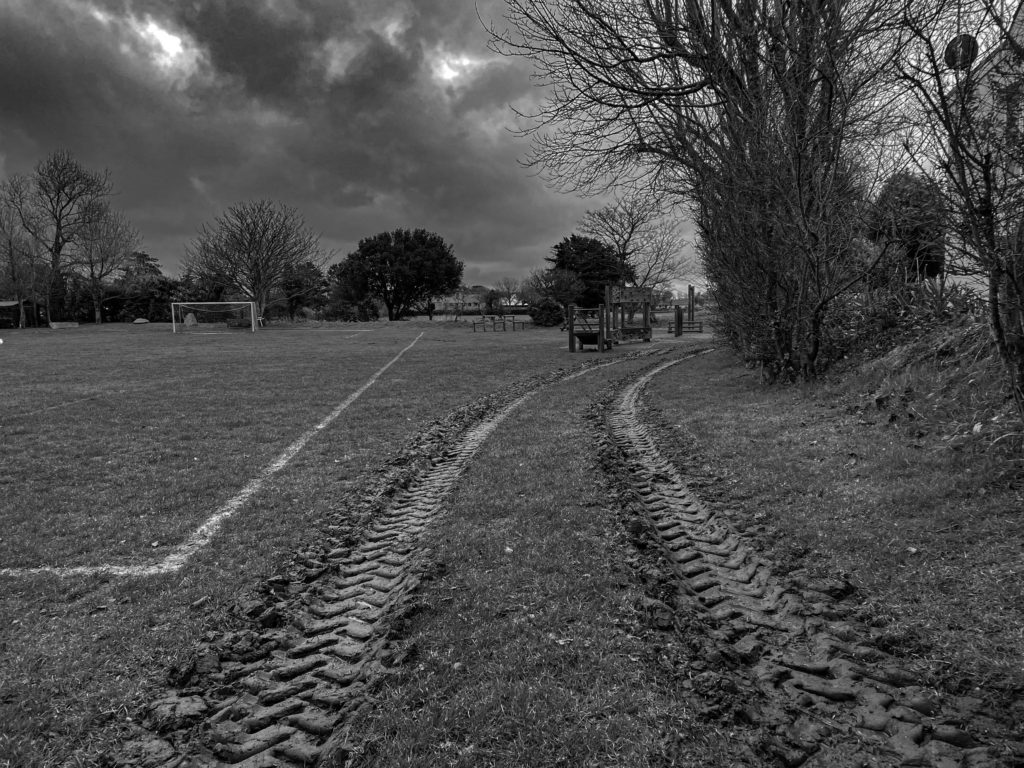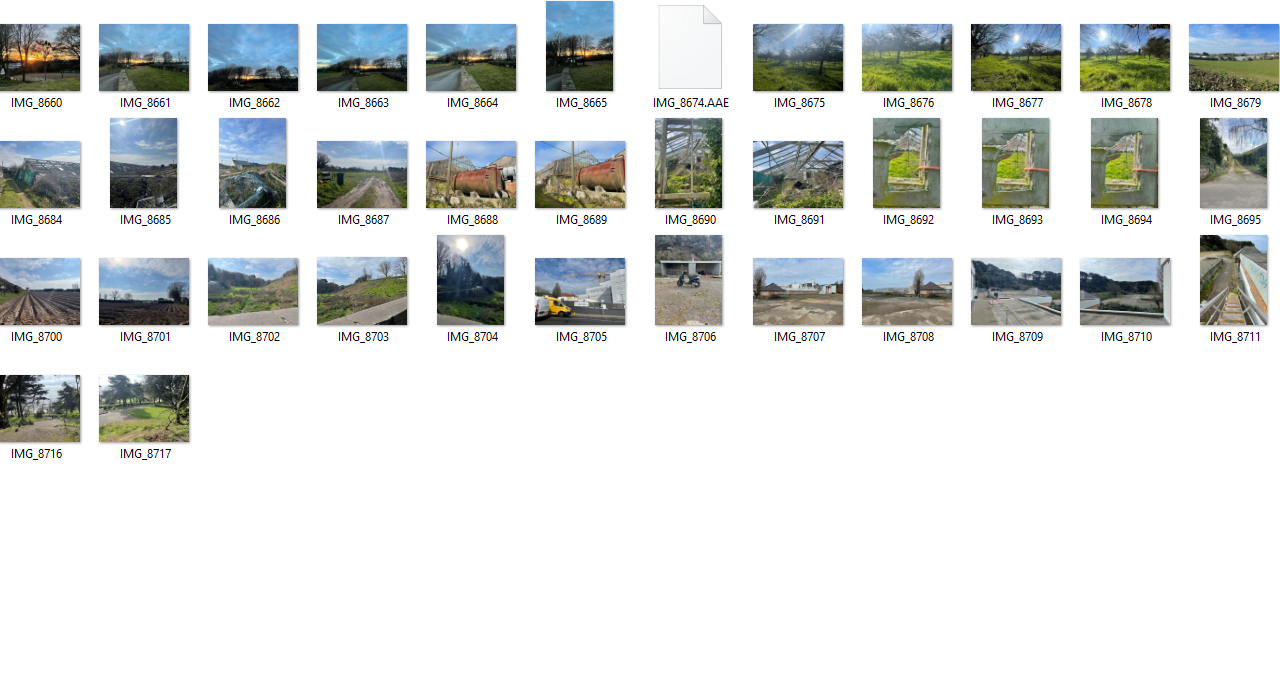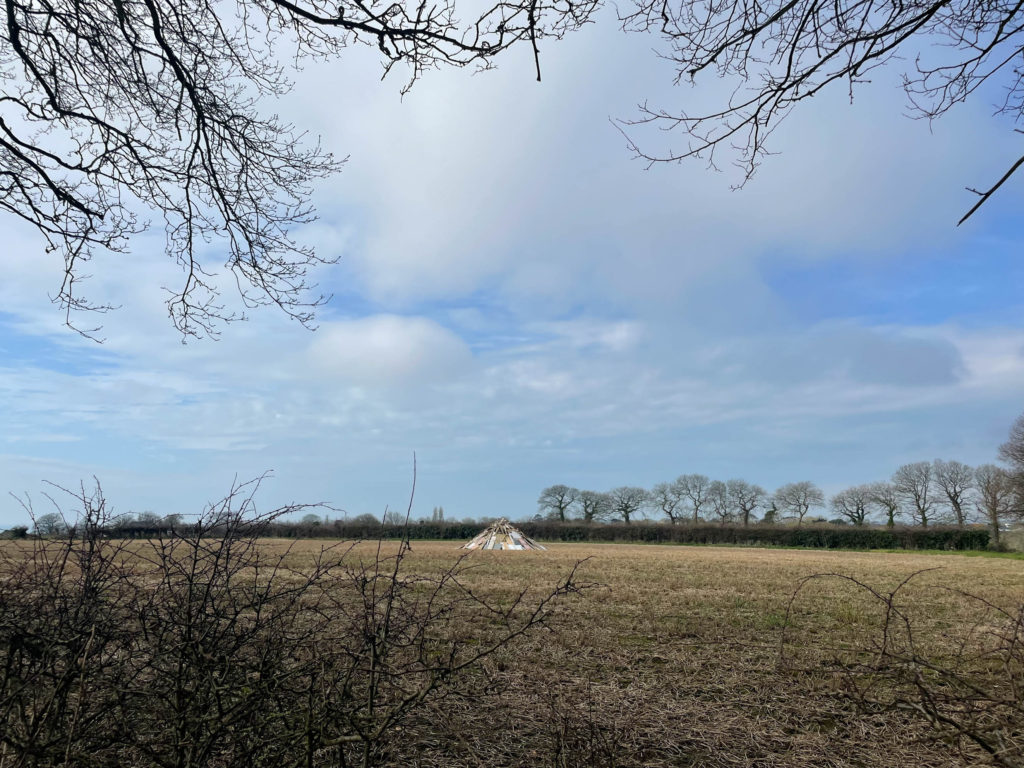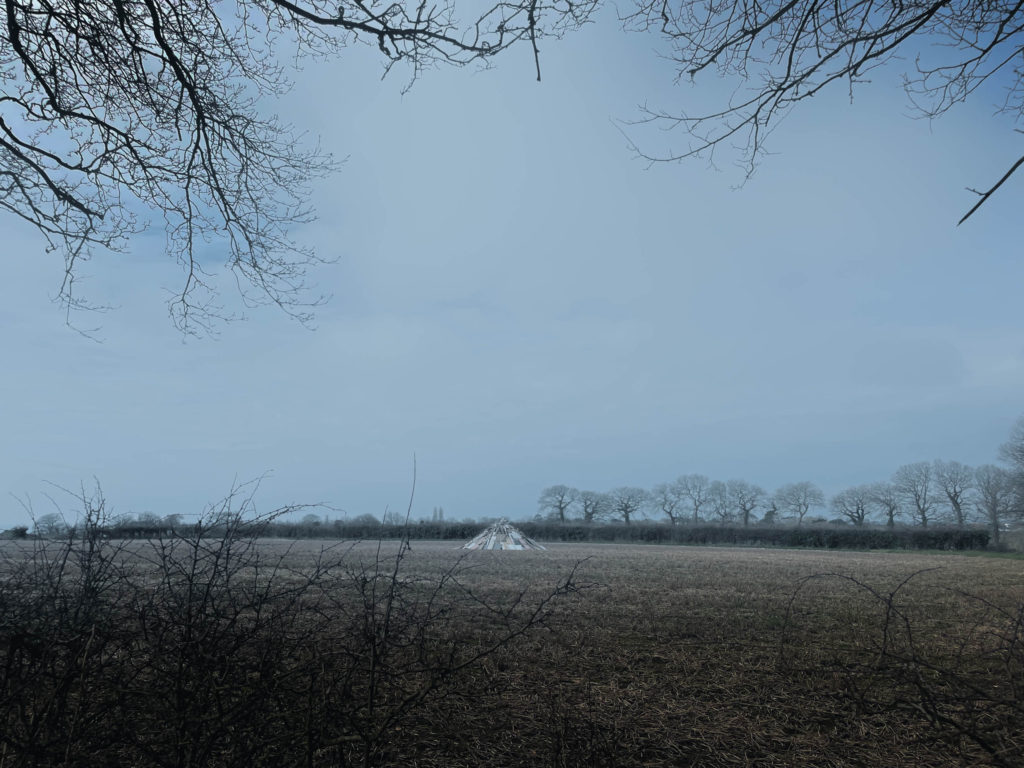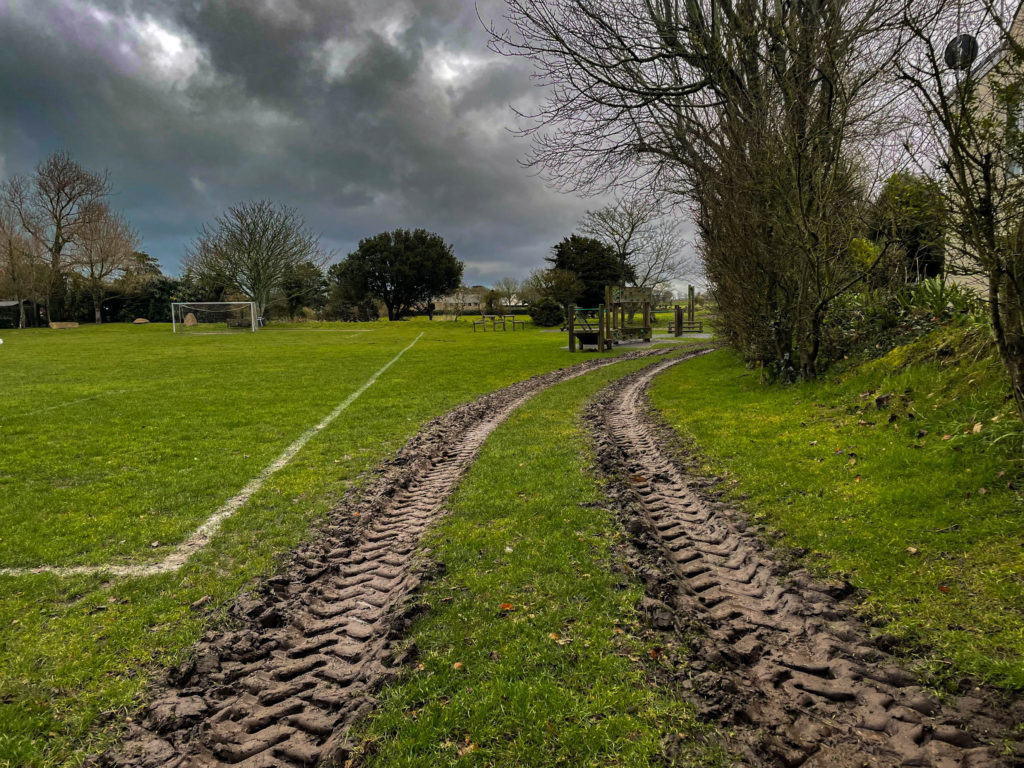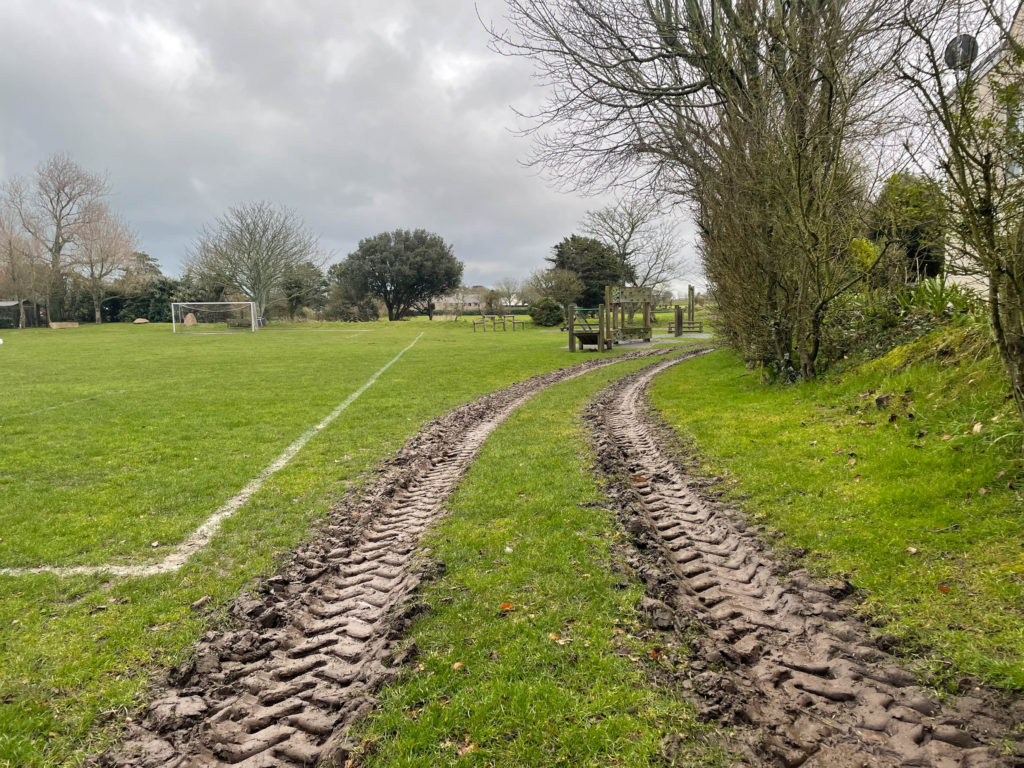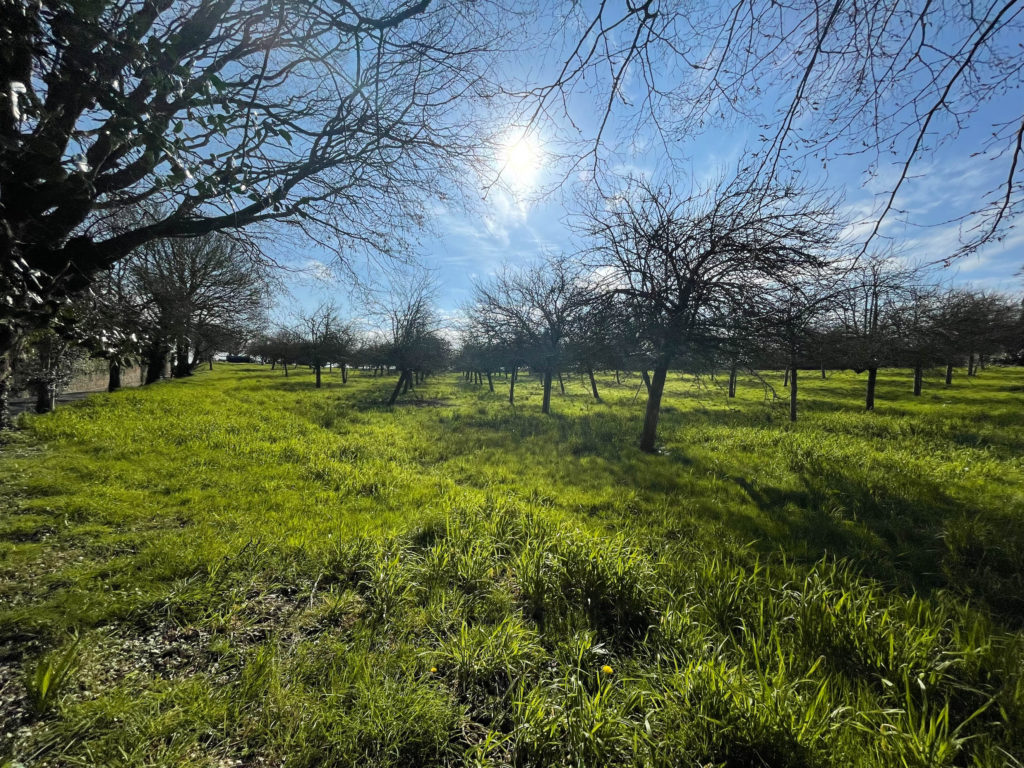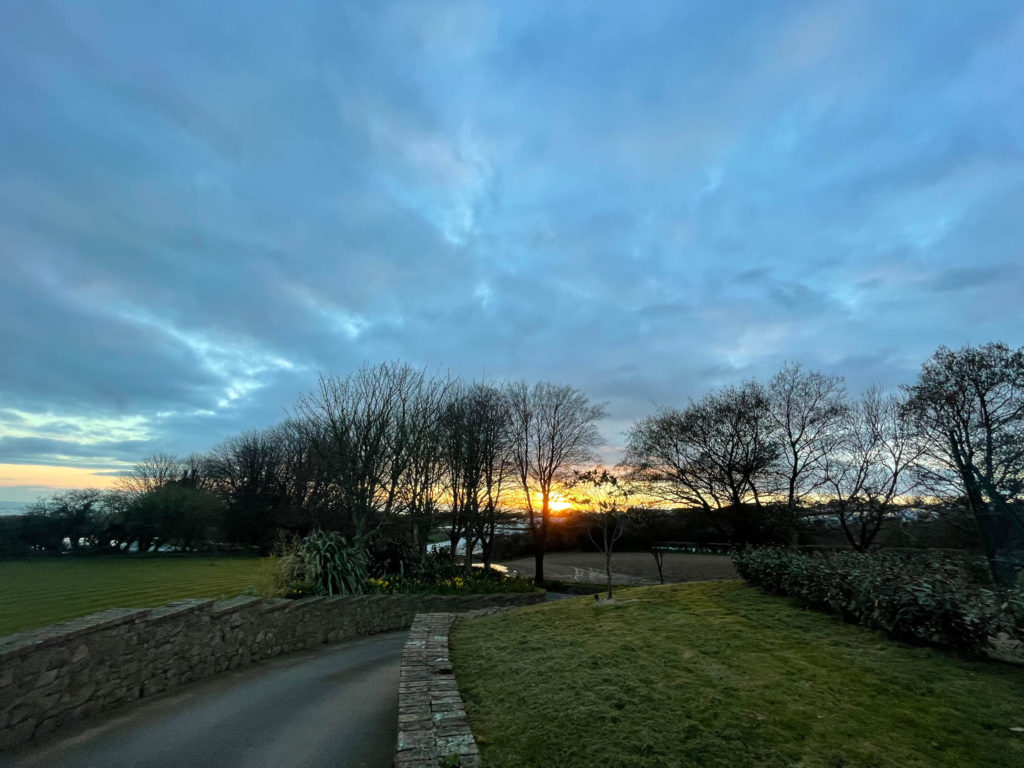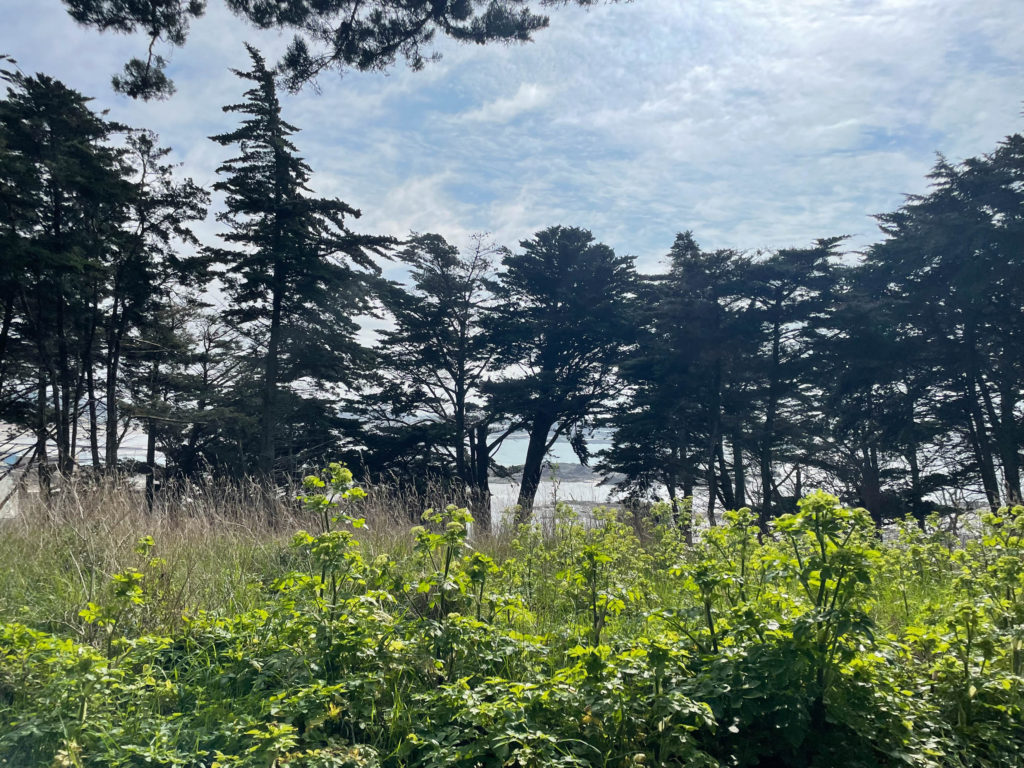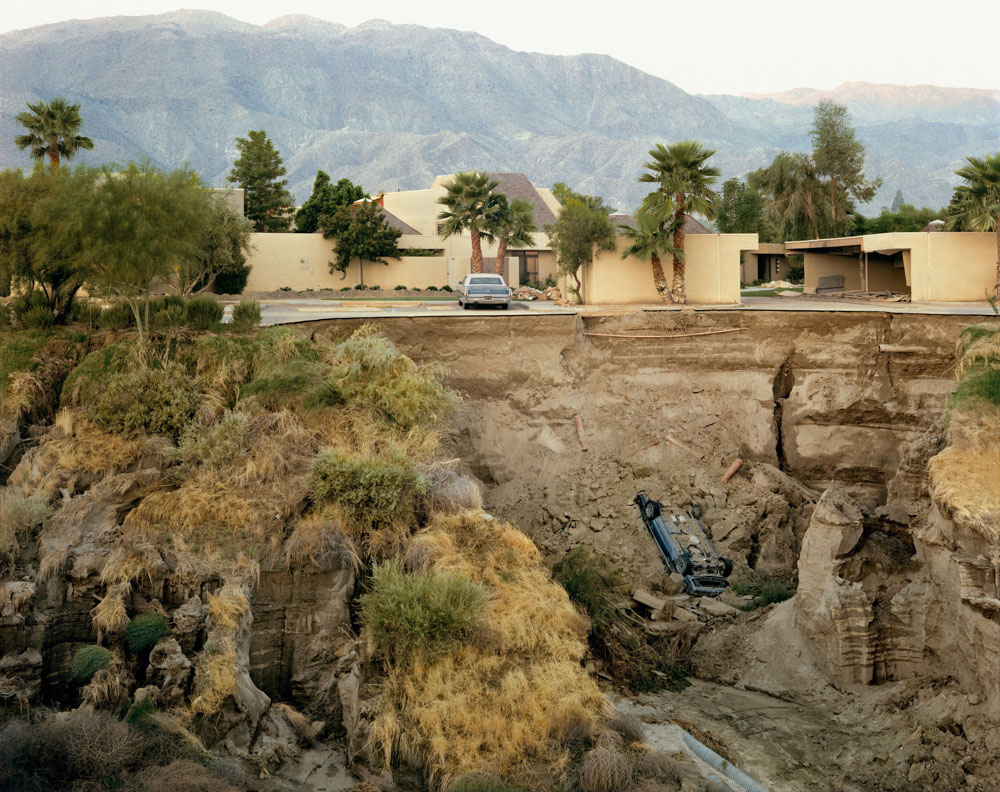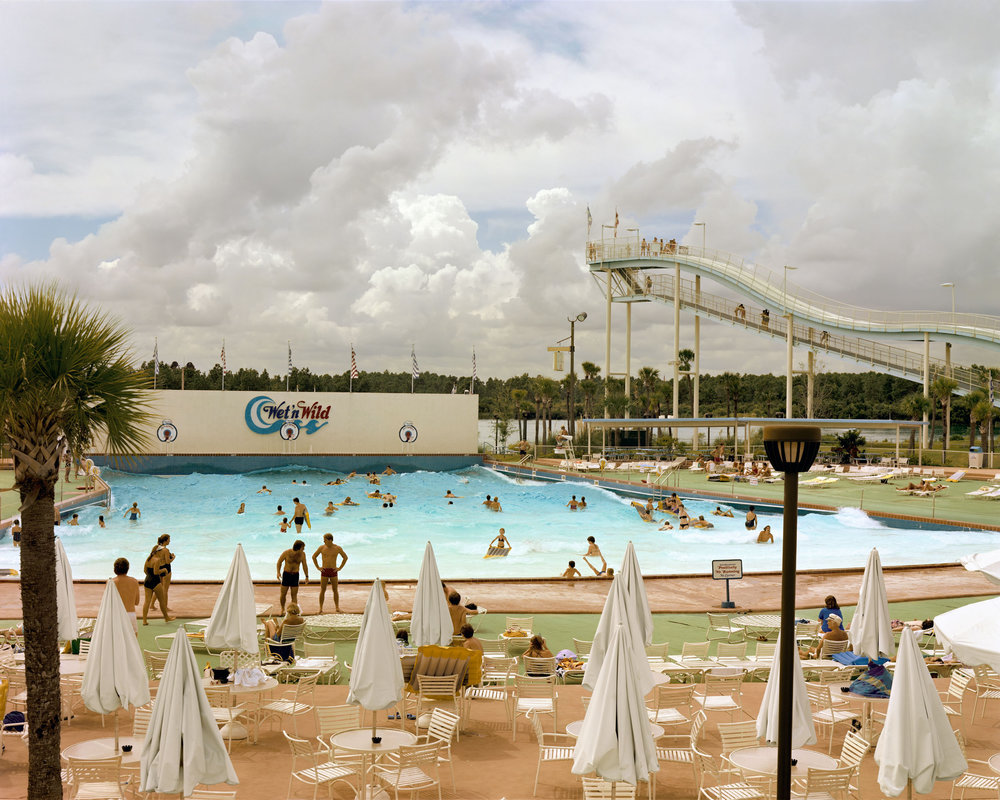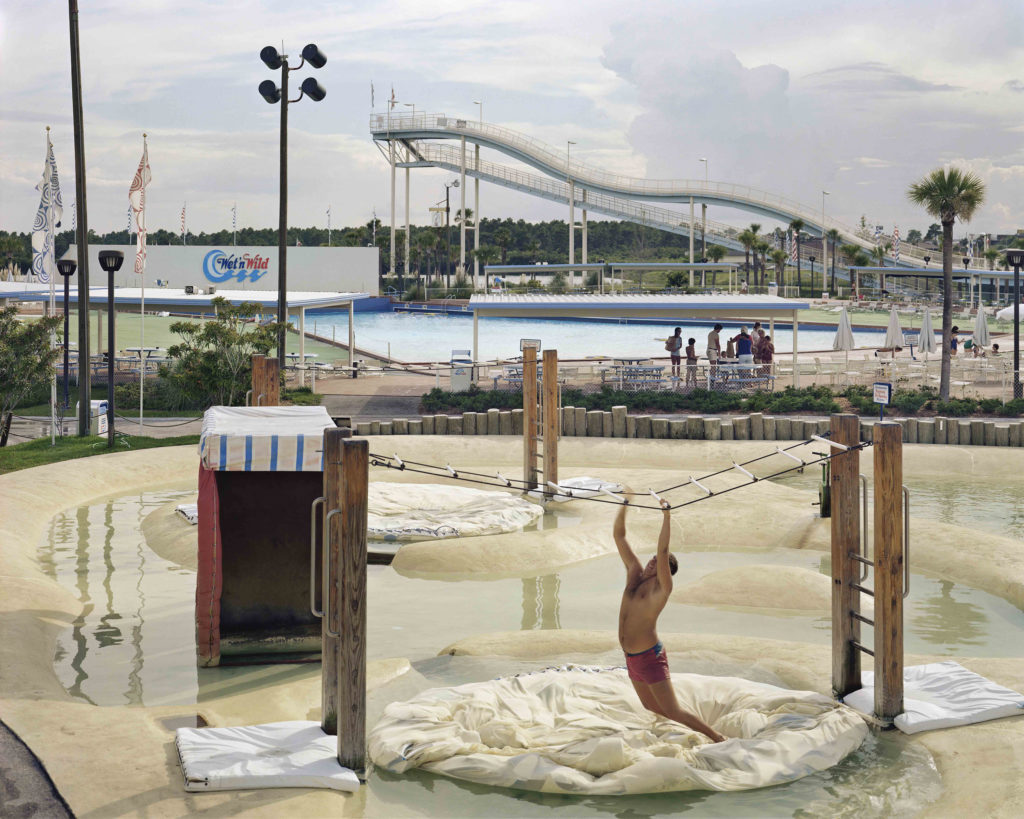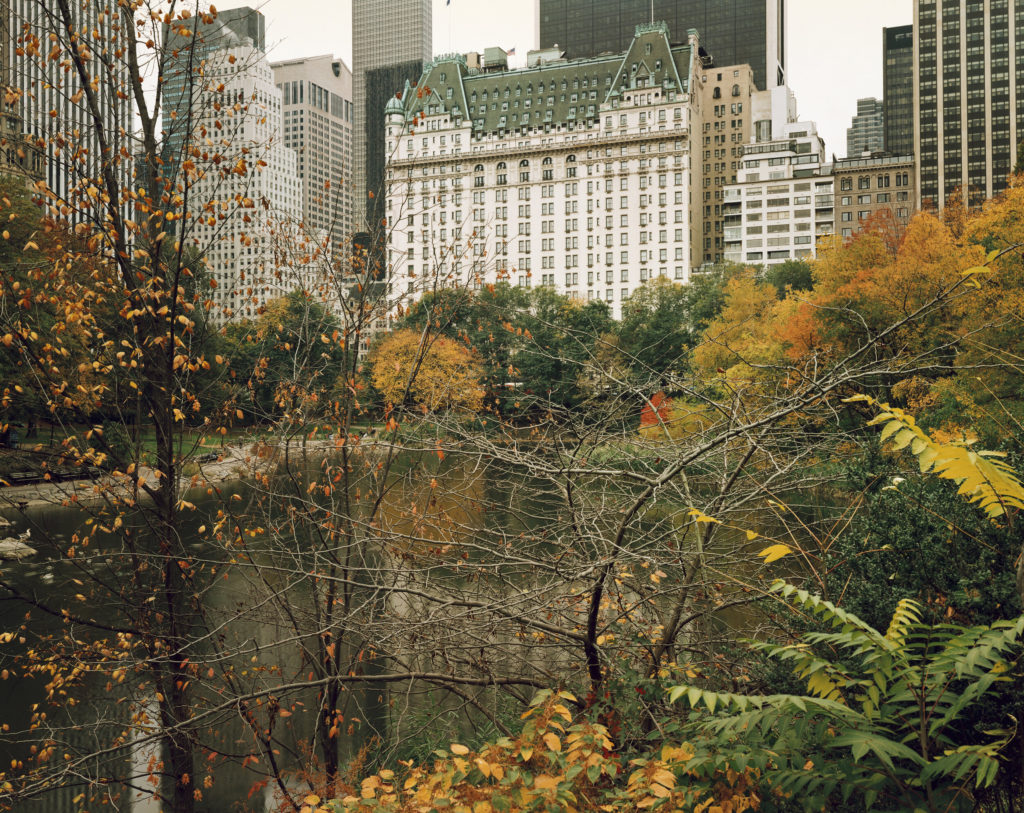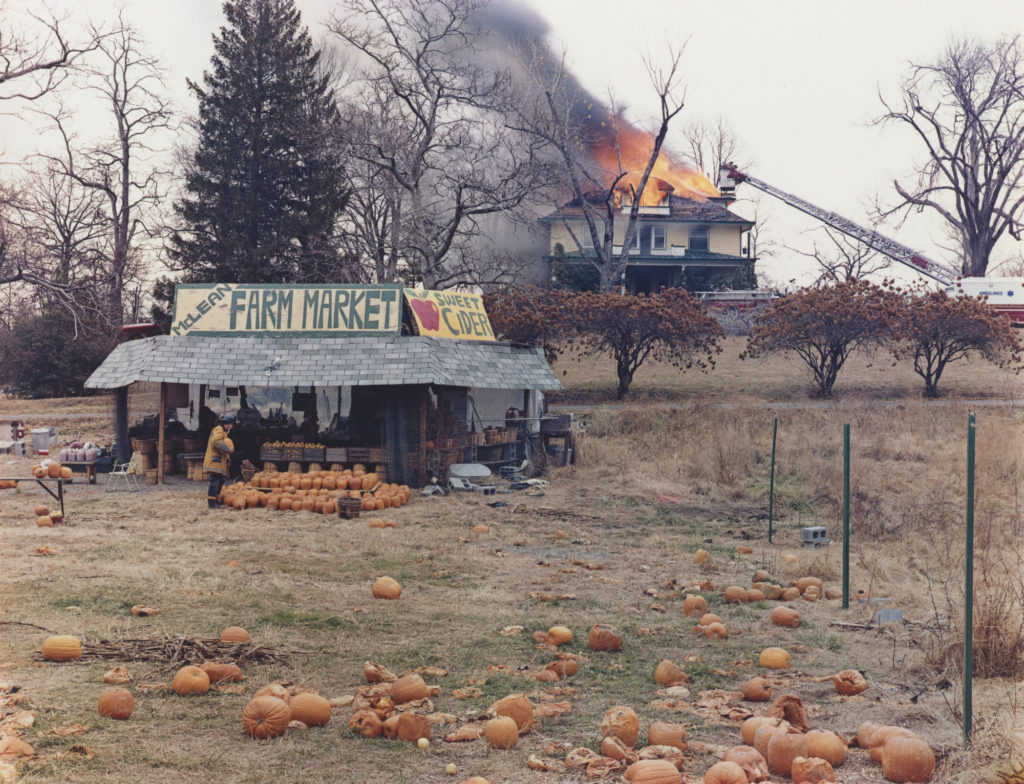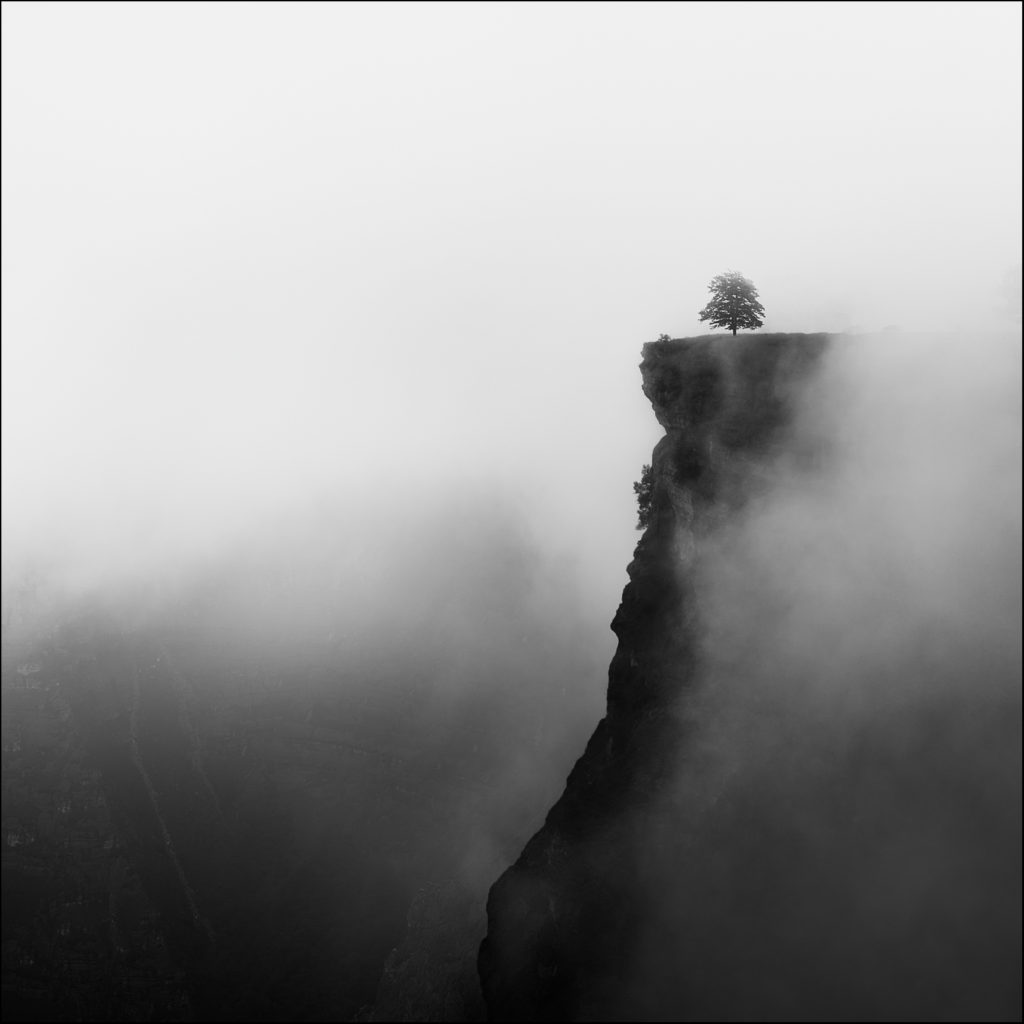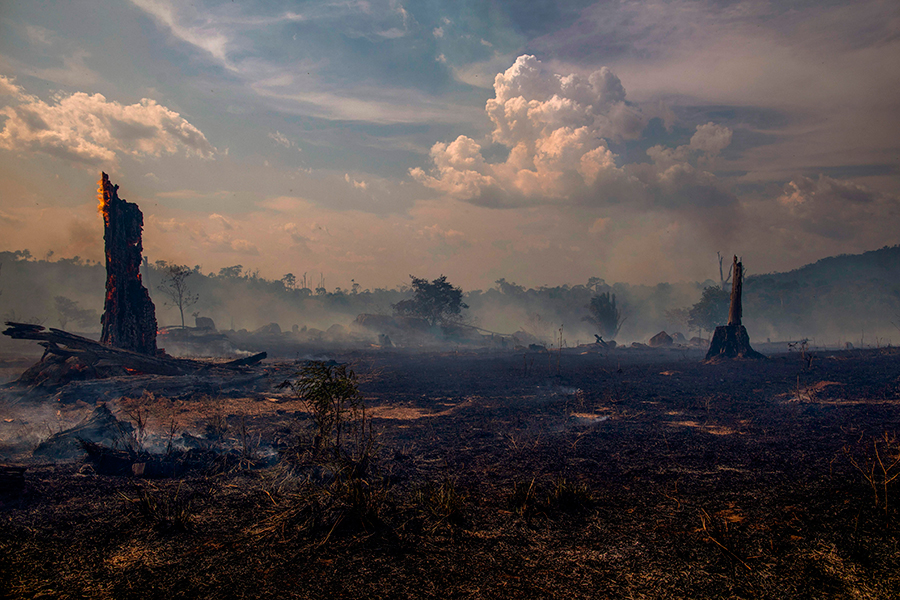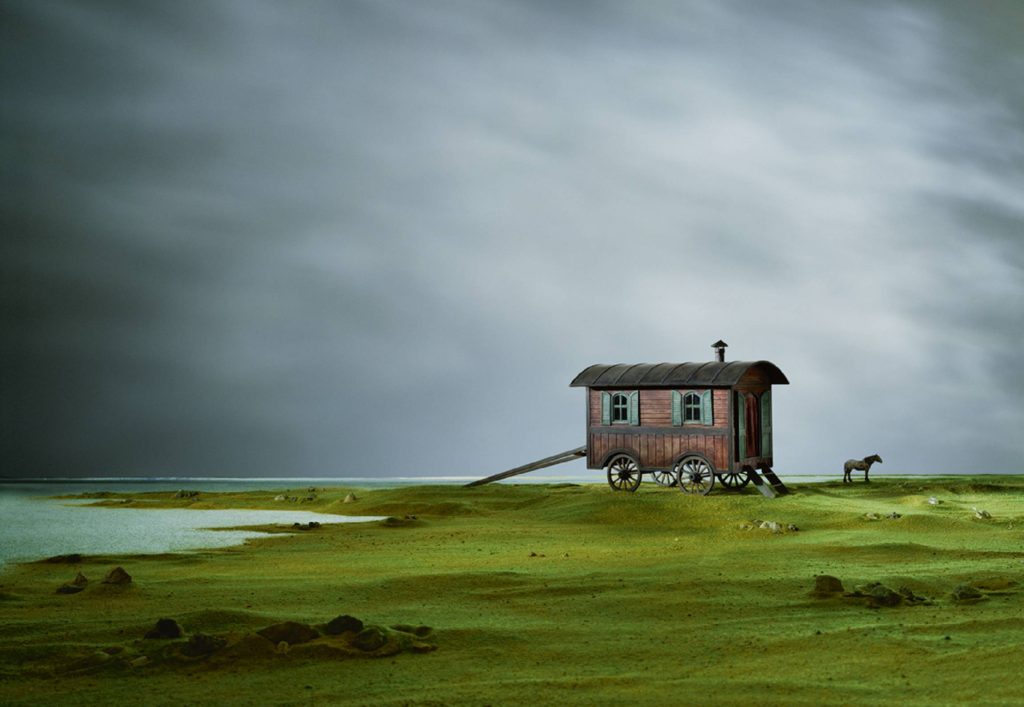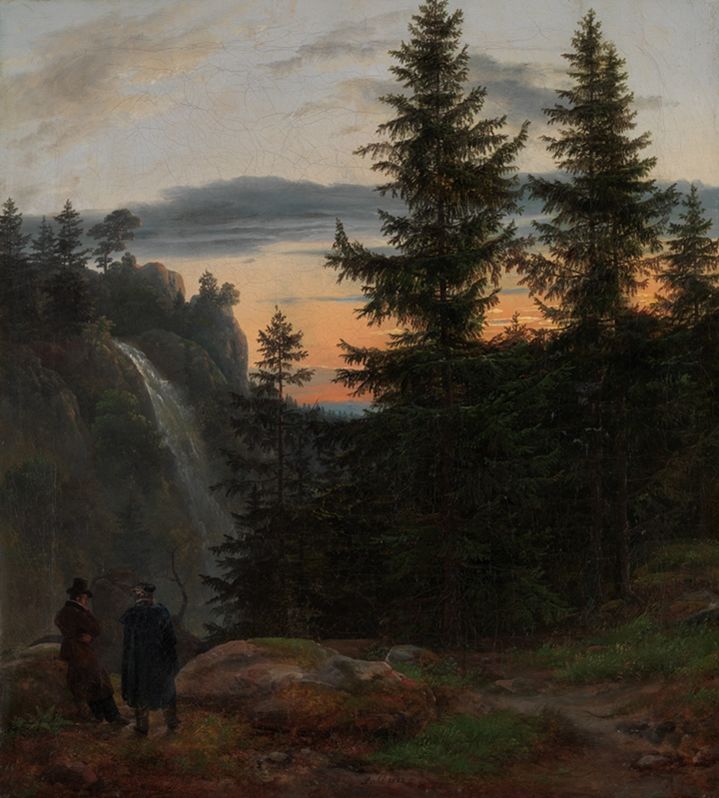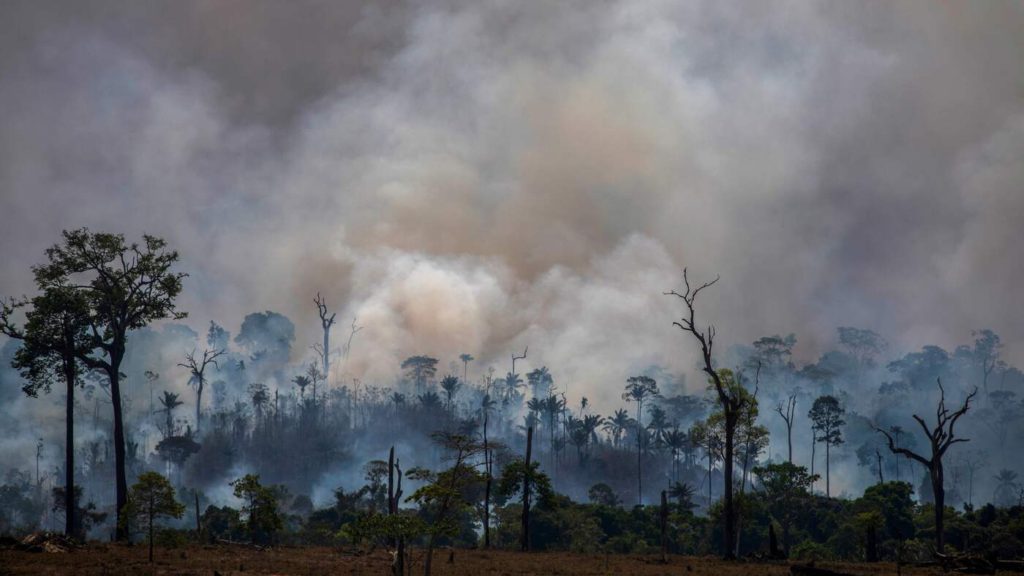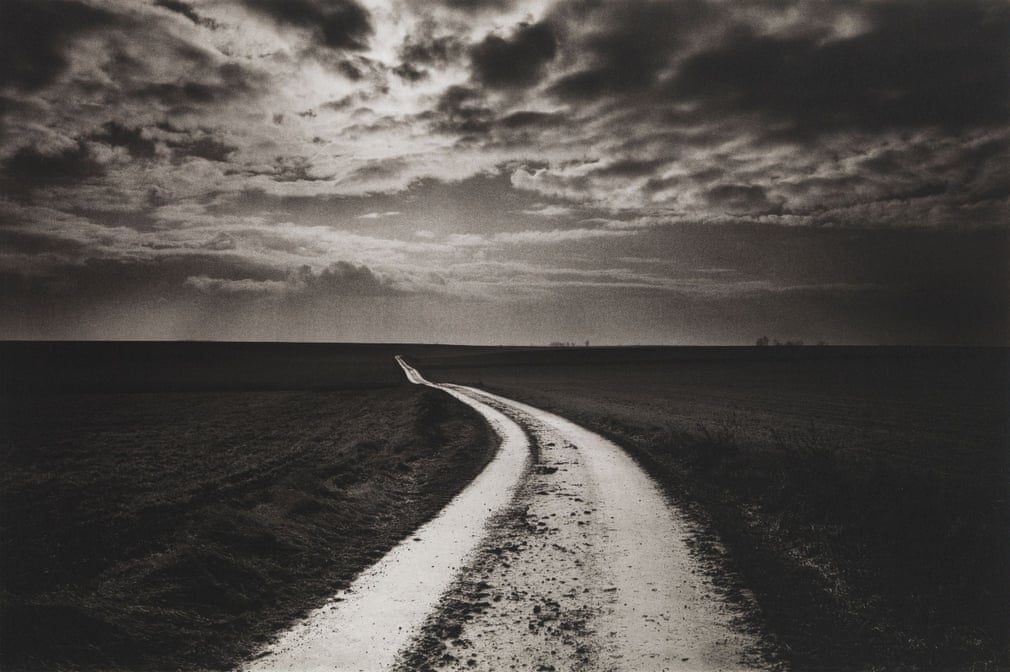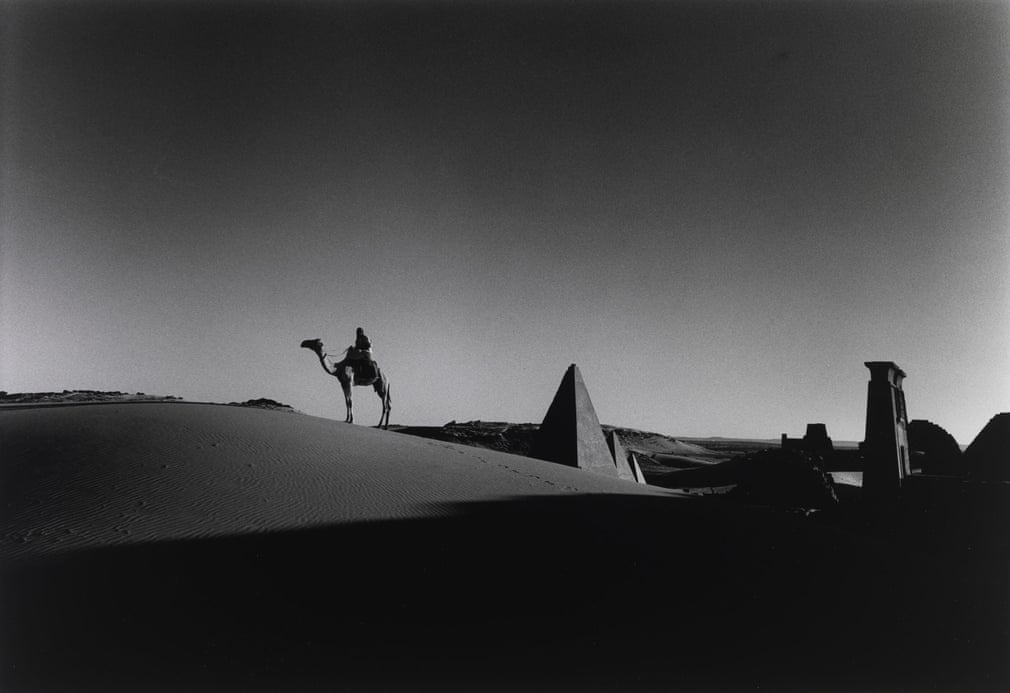Edward Burtynsky
Edward Burtynsky is a Canadian photographer and artist known for his large format photographs of industrial landscapes. His works depict locations from around the world that represent the increasing development of industrialization and its impacts on nature and the human existence.
Edward Burtynsky is regarded as one of the world’s most accomplished contemporary photographers. His remarkable photographic depictions of global industrial landscapes represent over 40 years of his dedication to bearing witness to the impact of humans on the planet.
“We come from nature. There is an importance to [having] a certain reverence for what nature is because we are connected to it… If we destroy nature, we destroy ourselves.“
– Edward Burtynsky
Examples of Edwards work:
George Marazakis
George Marazakis is an Anthropocene photographer who was inspired by Edward Burtynsky that has a very similar style of images compare Edward. Marazakis has a repetitive style of images by photographing locations that seem to be more dry and desolate.
Examples of George Marazakis work:
Artist comparison:
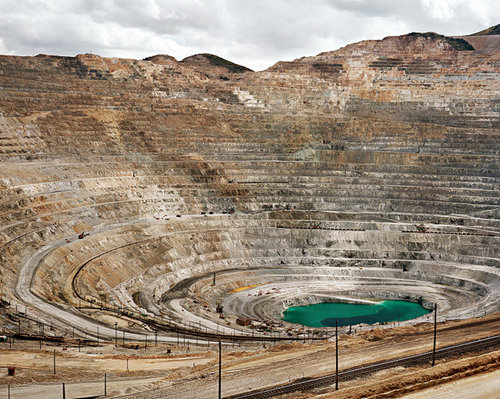
George Marazakis 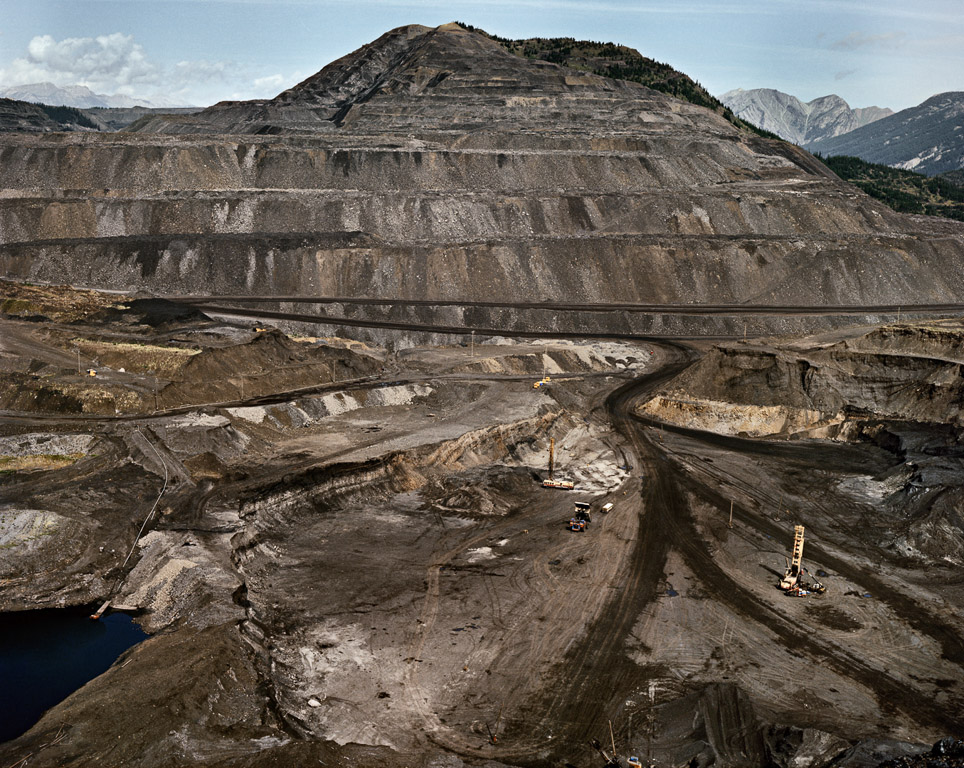
Edward Burtnsky
This is a comparison of two different Anthropocene artists, Edward Burtnsky and George Marazakis. I first noticed that both images are very similar, with both displaying what seems to be either a mine or a quarry. In Edwards image the tone of the land is noticeably more darker compared to which could be related to how the world is slowly becoming in danger. Both images seem to show the same amount of landscape with Georges including a little lake at the bottom of the mine.
To compare the two artists, Georges images display less colour and involve colours that are a lot more dull and boring. However Burtnskys images are all taken in different kinds of landscapes showing a lot of vibrant and also dull colours. Georges photos are mostly seen to be taken in desert landscapes without much man-made structures. Burtnsky is trying to show the impact of humans on the world by expressing his thoughts through photos of industrial landscapes.

